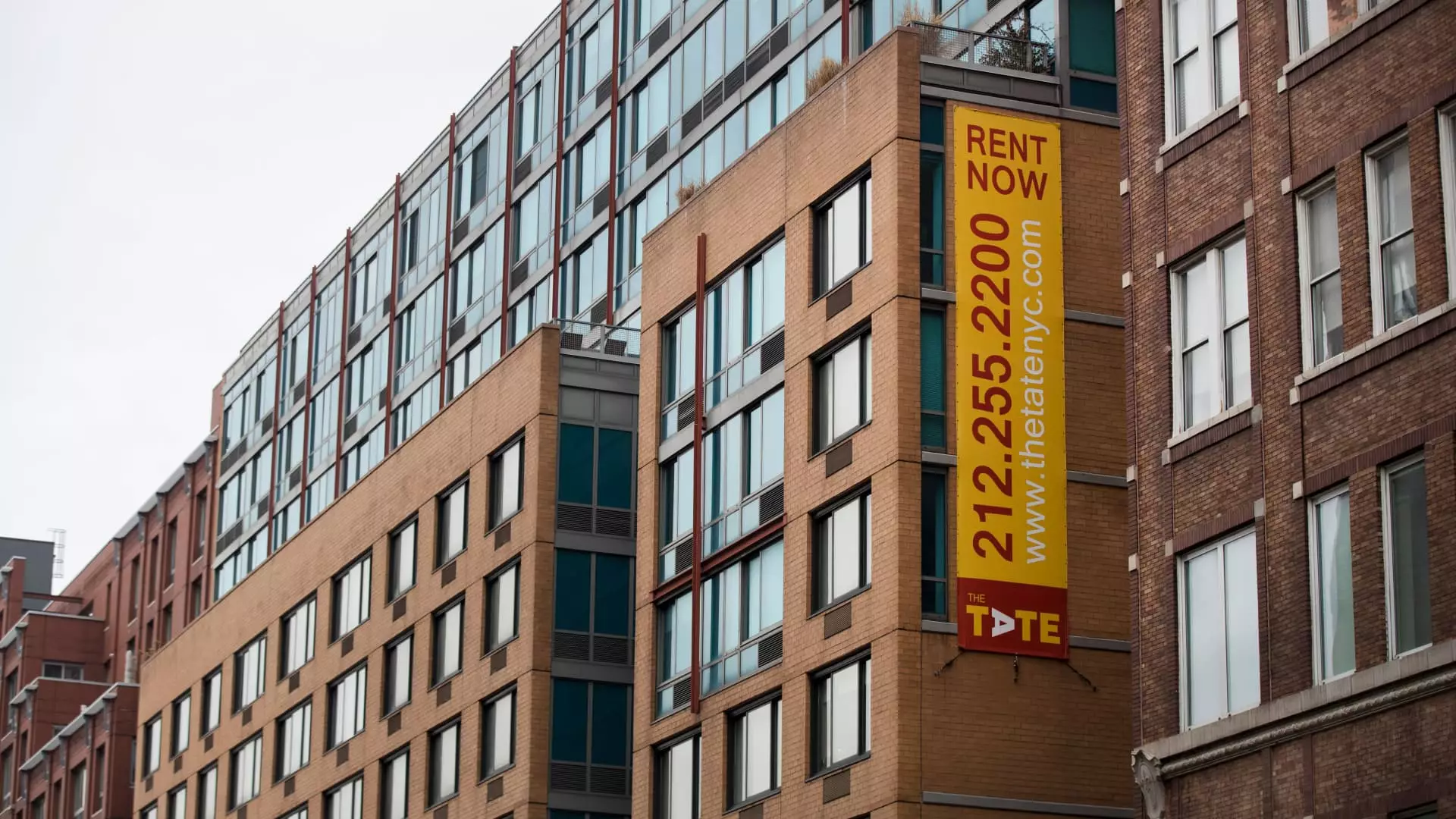In a perplexing twist within the rental landscape, turnover rates have plummeted to alarming lows, defying expectations and traditional market trends. Real estate experts like Alex Goldfarb from Piper Sandler have pointed out that major landlords are now witnessing turnover numbers as low as 30%. This is a stark contrast to the industry norm of around 50%, which highlights a significant shift in renter behavior. The implications of such a drastic downturn are profound, impacting not just landlords but the economic atmosphere at large. For those who value mobility and flexibility, the world of renting is transforming under the weight of economic pressures.
The Unaffordable For-Sale Market
One major driving force behind this reluctance to move is the outrageously unaffordable for-sale housing market. As prospective buyers are thrust out of the market due to skyrocketing prices and interest rates, many renters find themselves tethered to their current living situations. This sense of economic entrapment is magnified for the average individual, who may see homeownership as an unattainable dream. The inability to purchase a home not only affects personal aspirations but reverberates throughout the economy, limiting mobility and stifling growth.
The Shift Towards Comfort
Coupled with this phenomenon is the shift towards suburban apartments, where units tend to be larger and designed for comfort. The allure of space, especially as many have adopted a work-from-home lifestyle, cannot be overstated. Landlords are capitalizing on this trend, as fewer tenants are willing to pay to move when they have already acclimated to a space that meets their needs. This situation has allowed landlords to improve their pricing strategies when it comes to lease renewals. Why leave a cozy space simply for a change of scenery when economic and practical concerns compel you to stay?
Economic Anxiety and the Future of Rentals
Economically, nervousness rooted in global events, tariff implications, and impending recessions is leading to stagnation. Renters are reluctant to place themselves in a precarious position, opting for stability amidst uncertainty. Companies in industries such as technology are driving some urban populations back to their offices, creating pockets of demand. Rental prices have begun to show signs of recovery, with a modest increase reported by CBRE, but potential job losses loom.
The Multi-Family Market’s Turning Point
Encouraging data indicates a remarkable comeback in the multi-family sector, notably the first year-over-year rent rise of 0.9% in the first quarter. Such growth, attributed to the strongest net absorption numbers since 2000, raises hopes that the multifamily market is reaching a critical turning point. Yet, landlords must navigate carefully; the long-term repercussions of economic instability could dampen this optimism.
These trends collectively shape an intricate and fluid rental market. While some landlords may revel in reduced turnover and increasing rental prices, the underlying issues of economic pressure and stagnation suggest a cautious path ahead. Understanding these dynamics is essential for anyone invested in or navigating this challenging landscape. The rental market may be changing, but the anxieties of prospective renters highlight a deeper societal issue that cannot be ignored.


Leave a Reply